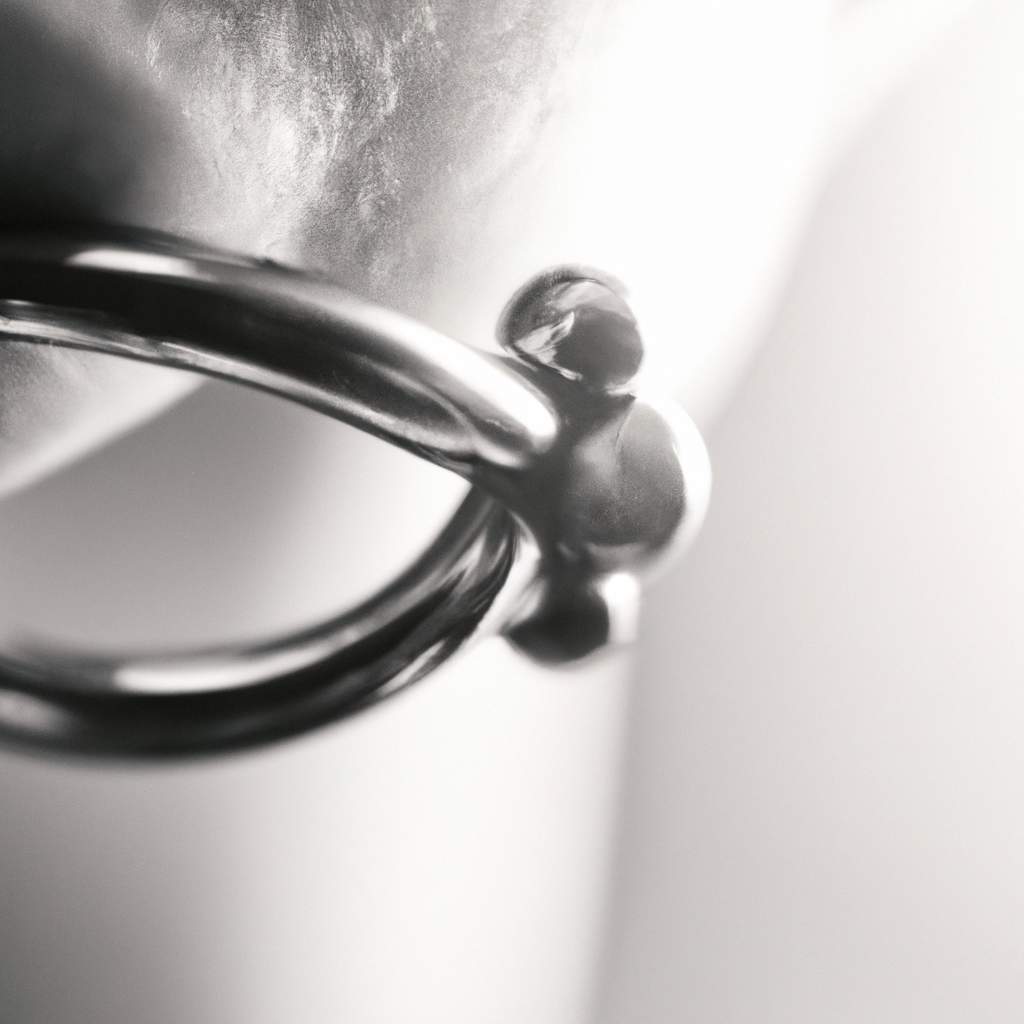More and more people are getting into piercing. It involves placing jewelry on certain parts of the body. Depending on the area where it is done, a specific name is given to this practice. Daith piercing is one of the most popular jewelry placements worldwide. What do you need to know about this type of piercing specifically? Find out the answer here.
Summary
What is a Daith piercing?
To fully understand the daith piercing, it is important to grasp the meaning of the term "daith". It refers to the area of the ear where the piercing is done, specifically a small cartilage located at the edges of the ear canal. The daith begins to form when the ear's pinna develops. The jewelry to be placed should have a thickness ranging from 1.2 to 1.6 mm.
Many experts recommend this practice as it is used in acupuncture to help relieve migraines. The daith piercing has permanent positive effects on this condition, which affects many people worldwide. However, it should not be considered as a definitive remedy and is not a substitute for prescribed medication treatments.
Is the Daith Piercing Painful?
The human body is unique to each individual, so pain tolerance can vary. It is therefore difficult to determine whether a daith piercing is painful or not. However, those who have had jewelry placed on the cartilage of their ear's helix have reported similar levels of pain.
How painful is it?

To determine the pain levels of different ear piercings, it would be wise to compare them. The pain scale for different piercings are as follows:
- Industrial piercing (barbell through the ear) is rated at 7/10.
- Daith piercing (inner cartilage of the ear) is rated at 6/10.
- Tragus piercing (central cartilage of the ear) is rated at 6/10.
- Helix piercing (upper cartilage) is rated at 4/10.
- Lobe piercing (bottom part of the ear) is rated at 3/10.
What is the healing time?
After getting the piercing, the internal cartilage of the ear becomes highly sensitive. The pain gradually subsides over a period of six to nine months. To ensure complete healing, it is important to clean the piercing for a whole year, which also helps prevent bacterial infections.
How should one care for a daith piercing?
To achieve this, you should use primarily essential oil soaps. A saline solution can also be used as a cleaning liquid to be applied with a gauze. If gauze is not available, medical compresses can be used instead.
You should avoid touching the piercing as much as possible once it is in place. When you do need to touch it, make sure to wash your hands beforehand. The use of cotton and cotton swabs is not recommended as they can leave fibers on the healing area.
Furthermore, do not attempt to disinfect the piercing with alcohol as it is a medical liquid designed to dehydrate and dry out. It can greatly increase the risk of lesions. Also, avoid sleeping on your piercing. In summary, a daith piercing refers to the placement of jewelry in the inner cartilage of the ear. The pain level is rated at 7/10. The healing time for this type of piercing is relatively long. It is important to take care of it by avoiding the use of alcohol and cotton swabs.
Image source: wikimedia.org.
